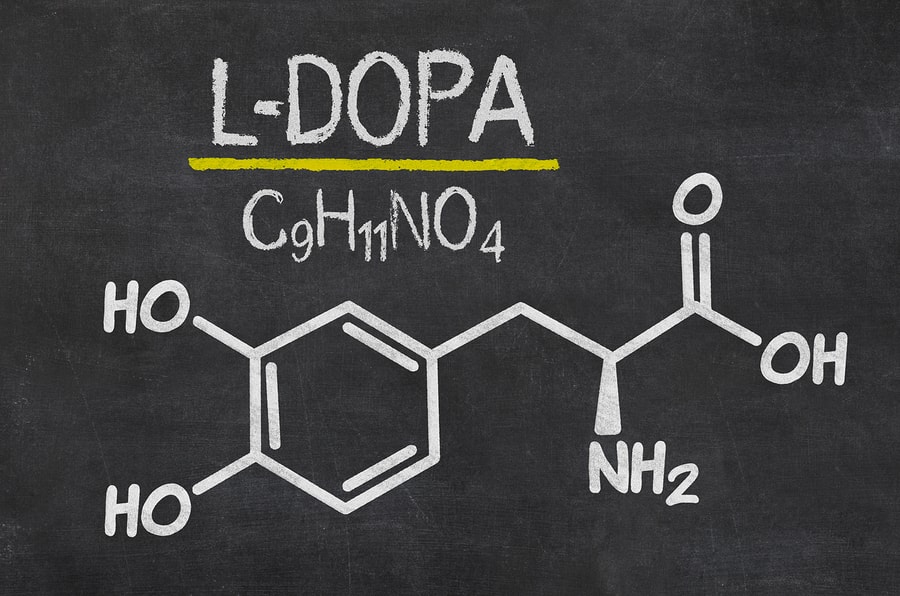New findings released in ACS Chemical Neuroscience may have uncovered why the drug therapy l-3,4-Dihydroxyphenylalanine (l-DOPA) used to treat Parkinson’s disease decreases in efficacy over time.
Experts at the University of California, Irvine turned to the effects of decreased L-dopa efficacy, which results in a higher risk of dyskinesia.
“In this study, we used the surface plasmon resonance (SPR) technique to examine the binding properties of l-DOPA to Scn,” according to UC experts.
“Our analysis of the binding properties of l-DOPA precursors and metabolites indicates that the catechol group is necessary but not sufficient to form a stable complex with Scn,” the experts asserted in their findings.
The study explained how the conjunctive activity between L-dopa and siderocalin in the presence of iron may lead to cellular iron excessivity that ultimately results in the onset of dyskinesia.
“This small L-dopa molecule is certainly mysterious. We’re interested in unlocking L-dopa mysteries and, in particular, understanding how it acts as such a magic therapeutic agent and, at the same time, contributes to disease progression,” said one co-author of the study in a news release.
“The formation of the L-dopa-siderocalin complex may play a role in decreasing efficacy by reducing the amount of free L-dopa available for dopamine synthesis in the brain.”
The study was authored by Sammy Alhassen, Mehmet Senel, and Amal Alachkar.


